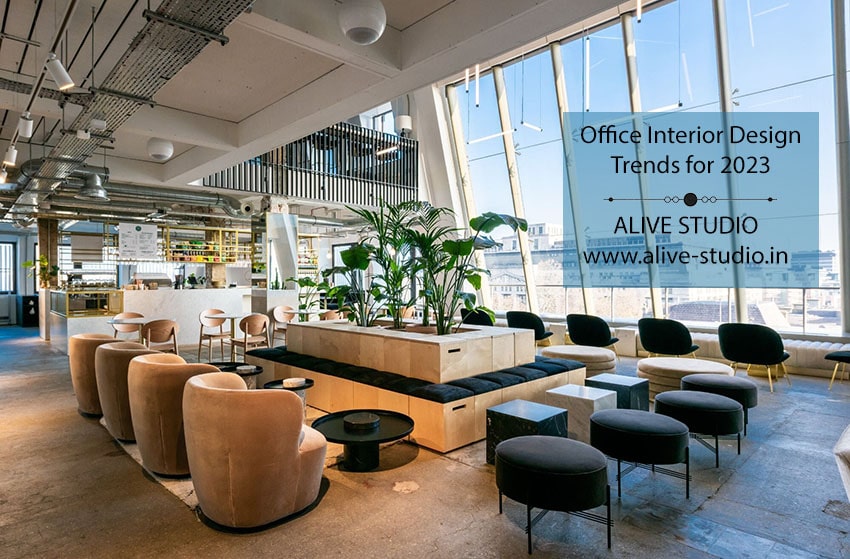
Proper interior design is crucial for developing a sound home environment for the best experiences with your loved ones. Interior design is the art and science of creating an aesthetically pleasing, healthier home interior and enhancing living conditions. Interior designing is multifaceted practice, and several elements also affect interior design. Learning and understanding these various elements can improve the final output when designing residential, commercial, and other interiors.
In this post, we’ll discuss the various factors that influence the interior design of any space.
What Affects Interior Design?
You can look at this question from many different angles. First, let’s consider the factors that determine interior design in terms of elements involved in the process.
a.) The Space

Firstly, you consider the space you’re designing to understand how the process should go. Interior design is a dynamic process, and any interior design expert will first have a look at the space to determine the scope. If you have a spacious area, such as a large living room, several elements can be involved in the process, while a smaller space will require clever handling of resources to design the area.
While designing an interior, interior designers keep various interior design principles in mind. These principles make it easier for designers to manage different interior elements to create a coherent aesthetic.
b.) Texturing and Lighting
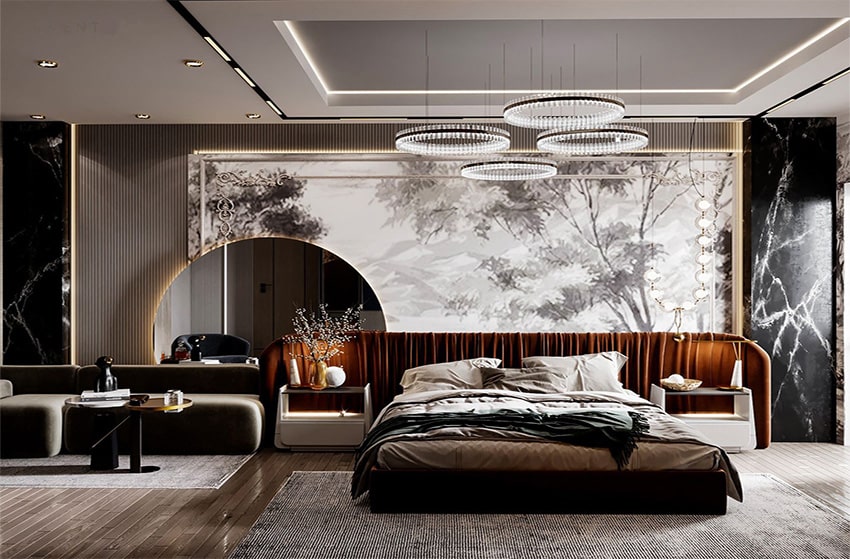
Texture in interior design is crucial among various interior design elements and can help set the proper tone in the space. The surface quality of whatever objects and materials fill up the interior gives a unique visual sensation to the viewers, affecting the interior design significantly. So, paying close attention to the textures used in the interiors can help with the overall design.
Lighting is another significant element that affects interior design. Lighting helps highlight and contrast various aspects that populate an interior. You can set a particular mood or utilize multiple lighting options and alternatives to select an experience of your liking.
c.) Furnishing and other Decoratives
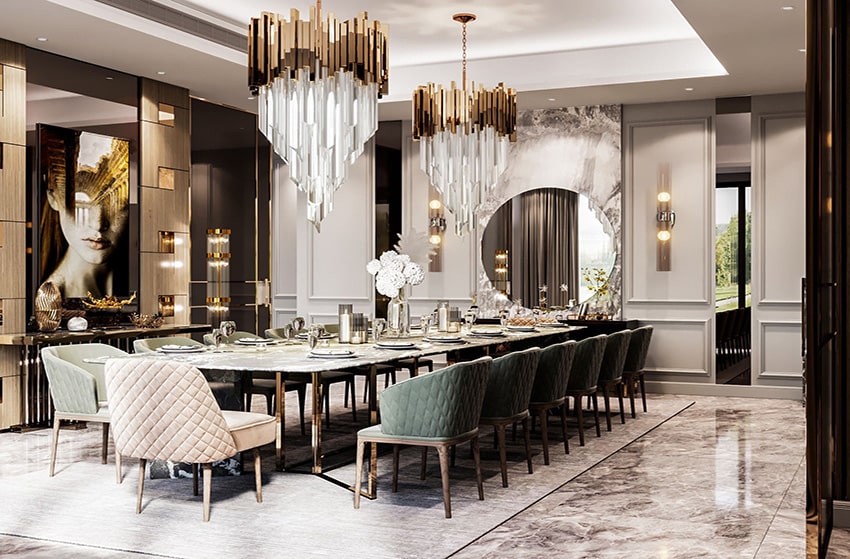
Space owners may have a particular sense of what they want their space to feel. There are several human factors that affect interior design. Every individual not only has physical and emotional needs they expect their ideal space to fulfill, but their cultural and other values that they cherish may also reflect in their interior design choices as well. Interior designers work to help them achieve their varying visions, and one of the defining components in all this is the furniture in use.
If the space owner wishes to have a minimalistic interior, the space will have selected furniture populating the area, designed to be purposeful more than anything. But, for a luxurious design, furniture and other elements, including decoratives, will be per that vision. Designers may use ready-made furniture available in the market or opt for custom furniture, depending on the wish of the clients.
These are some of the fundamental factors affecting interior design. Now, look at some other factors that also affect the process.
External Factors Affecting Interior Design
Several external factors also affect the interior design, such as –
a.) The Surrounding Area

Whether you have a property on a plain area or a hill, the construction of the entire building is affected. A house on a sloped site has a different architectural design than a house on the plains. It may also reflect in the interior of the home. Not only aesthetically but also in terms of practical factors, elements that make up the interior design may change based on where the structure stands.
b.) Sunlight and External Temperature
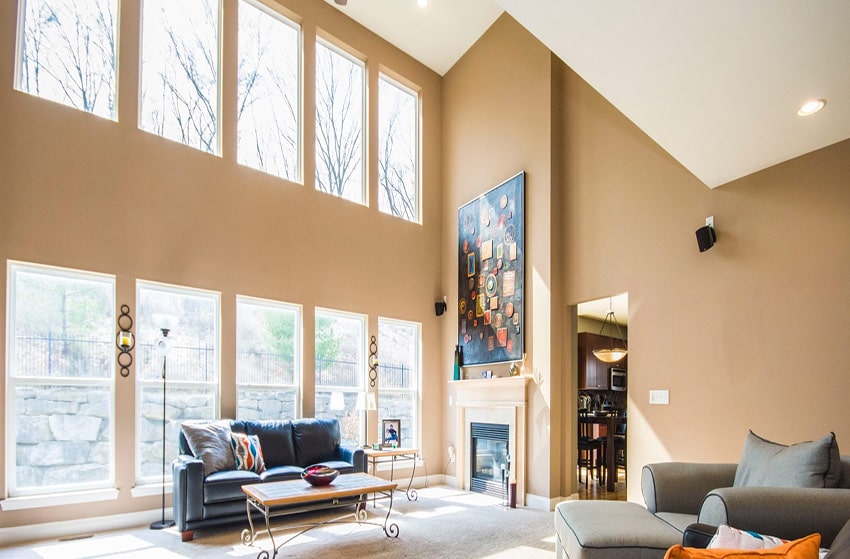
Factors like the amount of sunlight that reaches the space may also be a factor in interior design. The design will focus more on utilizing the available sunlight to the fullest in areas where sunlight is rare, whereas, in areas under heavy direct sunlight, it may be the opposite approach. Similarly, depending on the typical temperature outside, the interior design may help to strike a balance between external and internal conditions to create a more comfortable environment.
c.) Rain and Humidity
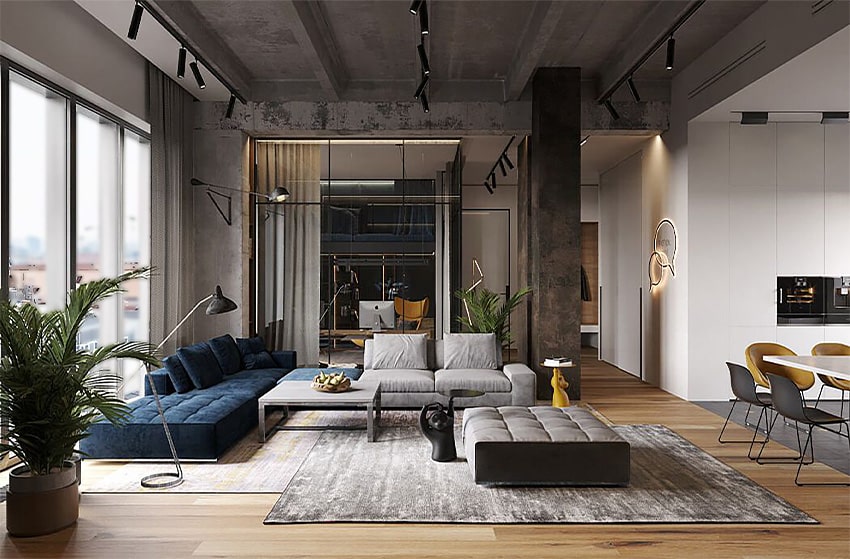
The humidity levels of an area can also affect the interior design and may inspire design choices. Rains can increase relative humidity outside, which can increase the inside. In regions with extreme weather conditions, interior design choices reflect consideration of such factors.
Economic factors affecting Interior Design
a.) The Budget
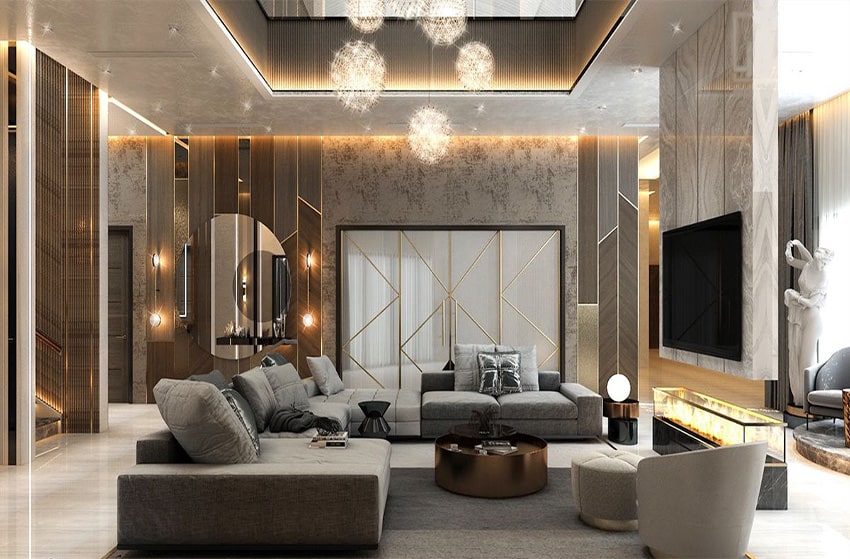
When you start an interior design project, firstly, you consider the available budget for your project. Your budget will determine most of your investments, such as the materials, furniture, etc., you’ll use.
Efficient budgeting while designing can help space owners achieve their desired aesthetic within their limits.
b.) The Market
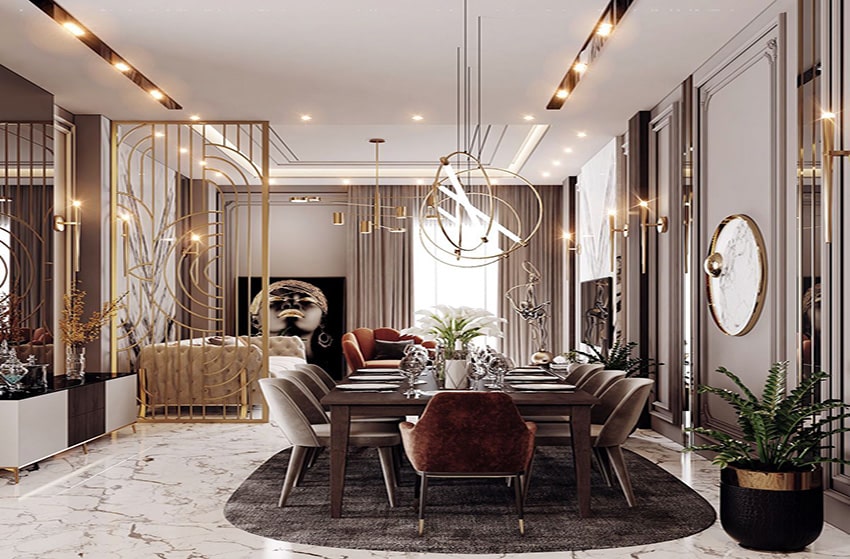
The market is one of the most significant economic factors affecting interior design. Market conditions determine the costs for most of the materials and services you’ll use for your interior design product. Whether the market is in good shape (or not) will affect the overall costs of your undertaking immensely.
c.) Interior Designer Costs
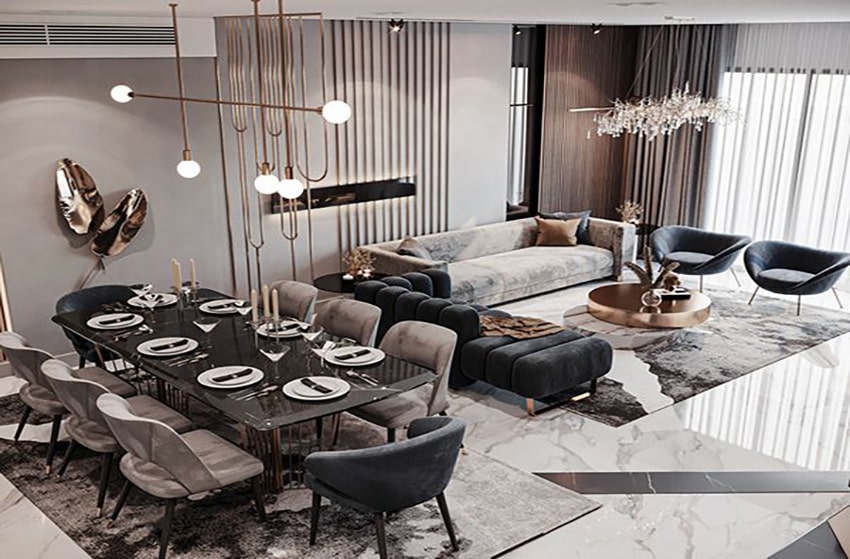
The design charges levied will also affect your choices while choosing the designers for your project. You can assess your space to compare the best options available to you. You want an expert (or team) capable of effectively designing your interior within your available budget.
d.) Cost-effective Planning

For an ergonomic and sustainable interior design, economic management is necessary. It is essential to have an interior design that’s practical and safe while being aesthetically pleasing. You want something sustainable. You have to consider what is the best and most affordable way to accomplish that.
Conclusion
Interior design is affected by different factors, and with the relevant information, you can ensure a suitable interior design for your space. One of the crucial factors is the experts you’ll choose, so choose a capable, experienced design partner you can trust.
Alive Studio is a residential architectural and interior design firm based in Gurgaon, providing quality services to its clients. The company has been active in the area for several years. Their team of several highly experienced and dedicated experts is capable of handling residential, commercial, and other architectural and design requirements clients may have.
FAQ
Q- What does the economy of design mean?
A- The Economy of design describes a design process that is efficient, cost-effective, and minimizes waste. The goal is to create functional, aesthetically pleasing designs that meet the client’s requirements while minimizing costs and maximizing value. This concept is relevant in architecture, industrial design, product design, etc.
Q- What are the main factors affecting interior design?
A- Interior design of any space depends on multiple factors, some of which include functionality (the purpose of the room and how the interior design justifies the end), aesthetics, ergonomics, sustainability, balance, lighting, color scheme, trends, safety codes and regulations, personal taste, budget, and so on.
Q- What are the human factors in interior design?
A- In general, human factors in interior design refers to how the interior design impacts the behavior, performance, and overall well-being of the people who use the space. Some of the most significant human factors in interior design are creativity, culture, lighting, cognitive load, thermal comfort, acoustics, safety, privacy, perception, harmony, and so on.




